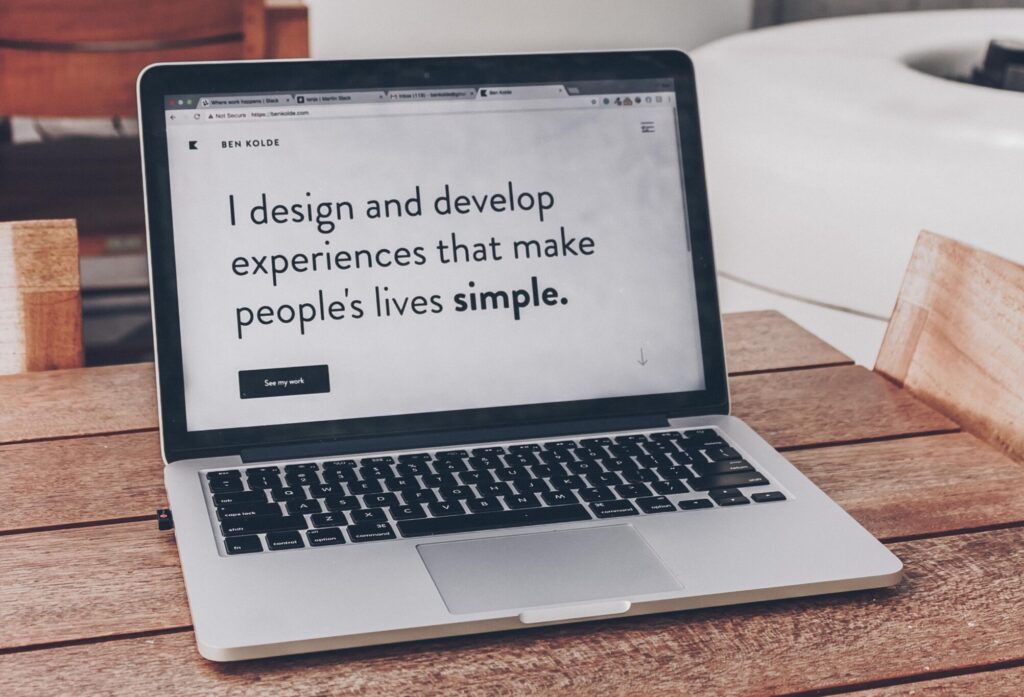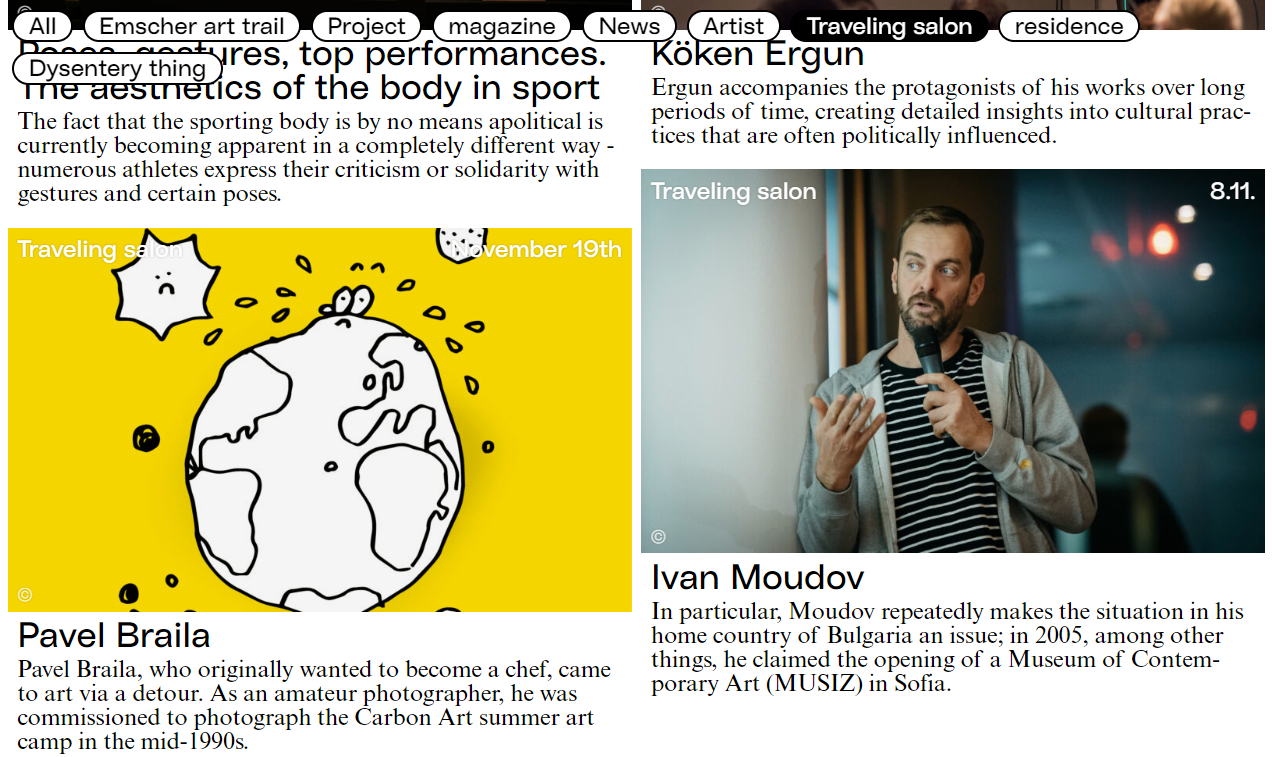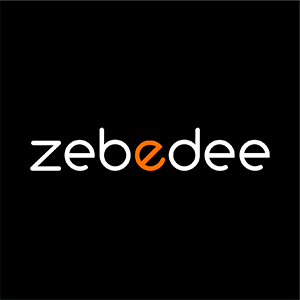AI
Looking back, 2023 was undeniably the pivotal year for Artificial Intelligence (AI), particularly within my profession – web design. ChatGPT, Midjourney and Google’s Bard, in particular, have played a major part in this trend. While its increasing prominence may spark some controversy, one cannot deny AI’s continuing relevance. Not only does it promise to save precious hours of work, but provides substantial cost savings.
In my work ChatGPT has proven to be an invaluable tool, rescuing me from writer’s block and my deliberation over copy for what seems like aeons! From social posts to composing formal letters, ChatGPT not only excels in proofreading and copywriting but also offers creative ideas and strategic insights that I might have otherwise missed. Its subtle integration into communication platforms like Teams and Office 365 has been remarkable and its power and prevalence are undeniable. Using AI is not completely devoid of our input though and requires “human” input to tweak the language and accuracy – nothing can fully replace a professional copywriter – see our post on how to write good copy for your website. AI should be considered a tool to boost writing skills and expand ideas, rather than an instant and conclusive solution.

So as we step into 2024, it is evident that AI will become even more seamlessly integrated into our daily professional lives and AI is set to enhance design and development tools, not only for visual production and graphic design but also for content generation. It is also empowering marketers with instant copywriting capabilities and I expect we’ll see it integrated more and more in web design and content management systems.
I’ve recently started using an integration of AI in the Yoast plugin for WordPress, where AI effortlessly generates meta titles and descriptions for SEO within seconds. This automated process starkly contrasts with the manual labour that was once needed and allows me to redirect my efforts towards more strategic tasks. The result? Precise optimisation at a fraction of the traditional cost and time.
Minimalism and Simplicity
The trend of clean, minimalist design, centred around simplicity and easy navigation, is something that resonates with me, particularly due to the continuous need to streamline and optimise website page speed. Fast page speed not only enhances user experience but potentially helps SEO. However, the digital landscape over the last decade has also seen a huge shift with websites evolving into sophisticated applications. This can be attributed to the advancements in technology and enhanced user interfaces along with the use of third-party applications and advanced code ranging from APIs and jQuery frameworks to 3rd party fonts and animations. While these elements enhance the appeal of digital experiences, the drawback can be cumbersome and ‘bloated’ websites that tend to load slowly. Do read our previous blog post where we talk in detail about the ‘need for speed and you’ll understand what we are up against. In the profession of web design and development, this tricky balance unfolds – a juxtaposition of super-fast page speed against the allure of enhanced interfaces and the constraints of cost and time. Therefore I can understand the rise and need of the minimalistic flat design trend, prioritising user experience by streamlining information gathering and removing unnecessary features and animations.

Let’s embrace the old adage of ‘less is more’ and the trend in minimalism will ultimately help create a more straightforward and less overwhelming web experience for users, providing a more efficient web development process on the way. This leads us on to…
Accessible Inclusive Design
I believe accessible and inclusive design will stay crucial. It’s not just a passing trend as it is currently being labelled; it’s something we are always doing as best practice- creating sites which are designed to work well on all devices, for all users ensuring there are no barriers for users with disabilities or restrictions on bandwidth and speed. Think about it – using contrasting colours, bigger fonts, and buttons that are easy to tap on your phone just makes sense for everyone. And here’s the thing: inclusive design isn’t just about today as a ‘trend for 2024’; it’s about continuous adoption and improvement in accessibility. I’m talking about keeping things simple as mentioned above and accessible for everyone and anyone, all the time, not just as a trending style.
Oh and don’t forget the rise of voice commands for accessibility – I love using it. Voice command is here to stay and increasing usage is making websites even more accessible. In a nutshell, this is about making the online world a better place for everyone, no matter how they access it, not as a trend but as an ever-improving discipline in web design.
Micro-interactions
They’ve been around for a while now, but along with the need to minimise bloat and complexity in web design, micro-interactions can help counter that. Here we’re talking about the small CSS animations such as mouse hover animations, small interactive elements or components that work on user interaction – they may seem subtle or insignificant but they offer intuitive browsing and engagement for the user experience at little cost in terms of performance and development time. With the move towards improved accessibility, I think we’ll see a more minimalist approach to animations, with more subtle interactions for increased user experience.
Y2K, “More is More” and Anti-design… Really?
Believe it or not, the recent Wix Design Trends blog suggests that we’re in for a blast from the past with web designs reminiscent of 1999! Picture this – clashes of acid and dopamine-inspired colours, bold designs packing heaps of information in one spot, and an overdose of vigorous movement and a multitude of fonts. Personally, it sounds like a complete car crash to me, going against everything I’ve just mentioned above about accessibility and simplicity. Perhaps they push these ideas or ‘trends’ for 2024 because that’s the only ‘different’ trend of web design you can achieve on a Wix website builder? (Sorry Wix).
Though if you read their post Wix seems to have hit the nail on the head when it comes to AI-driven content. While they think some trends may take us on a nostalgic rollercoaster, it’s refreshing to see their commitment to the idea of modern principles of simplicity, inclusivity, and the power of AI in web design trends for 2024.

In summary, I believe 2024’s web design trends are all about keeping it simple, inclusive, and leveraging the power of AI. If you’d like your website to stay ahead in the digital game reach out to us – and let’s design a website together that’s not just up to date but rather tailored for usability, inclusivity and success in 2024.
Let’s see where the design pendulum swings in 2024!

